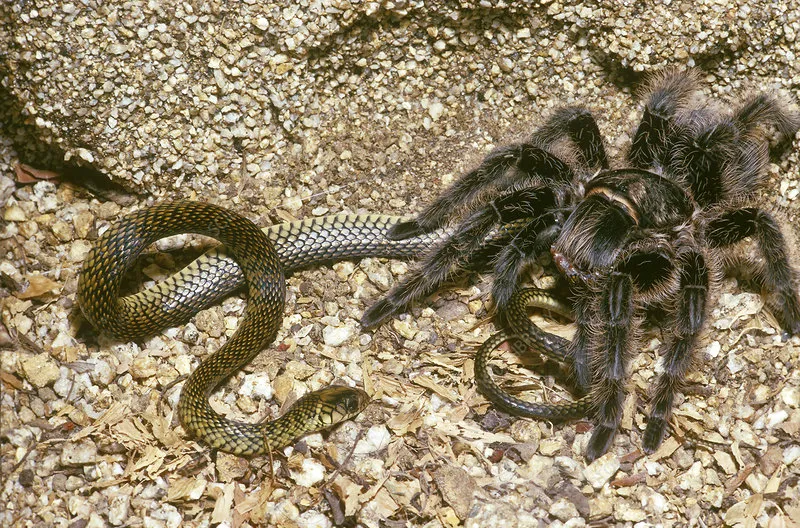Tarantula Diet Secrets
Keeping a pet tarantula can be a rewarding experience, but it comes with the responsibility of providing proper care, and a crucial part of that is their diet. Understanding what a tarantula eats and how to feed it is essential for its health, longevity, and overall well-being. Unlike mammals, tarantulas have specific dietary requirements that differ significantly. This guide delves into the secrets of a healthy tarantula diet, exploring the best foods, feeding schedules, and important considerations to ensure your eight-legged friend thrives. We’ll navigate the world of tarantula nutrition, helping you make informed choices and create a thriving environment for your pet. Proper nutrition will directly impact your tarantula’s growth, molting cycles, and overall vitality. This guide will cover everything you need to know to keep your tarantula healthy and happy.
The Importance of a Balanced Diet
Just like any other pet, a balanced diet is crucial for a tarantula’s health. The foods your tarantula consumes provide the necessary nutrients for growth, energy, and maintaining bodily functions. A poor diet can lead to a host of health problems, including stunted growth, difficulty molting, and a weakened immune system. A well-nourished tarantula is more likely to live a long and healthy life, displaying vibrant colors and exhibiting natural behaviors. A tarantula’s diet should mimic what it would eat in the wild, focusing on live insects and, in some cases, small vertebrates. Varying the diet ensures your tarantula receives a wide range of essential vitamins and minerals. This variety is key to avoiding nutritional deficiencies and keeping your tarantula in prime condition. Monitoring your tarantula’s feeding habits can also provide insights into its overall health and well-being.
Why Nutrition Matters for Tarantulas
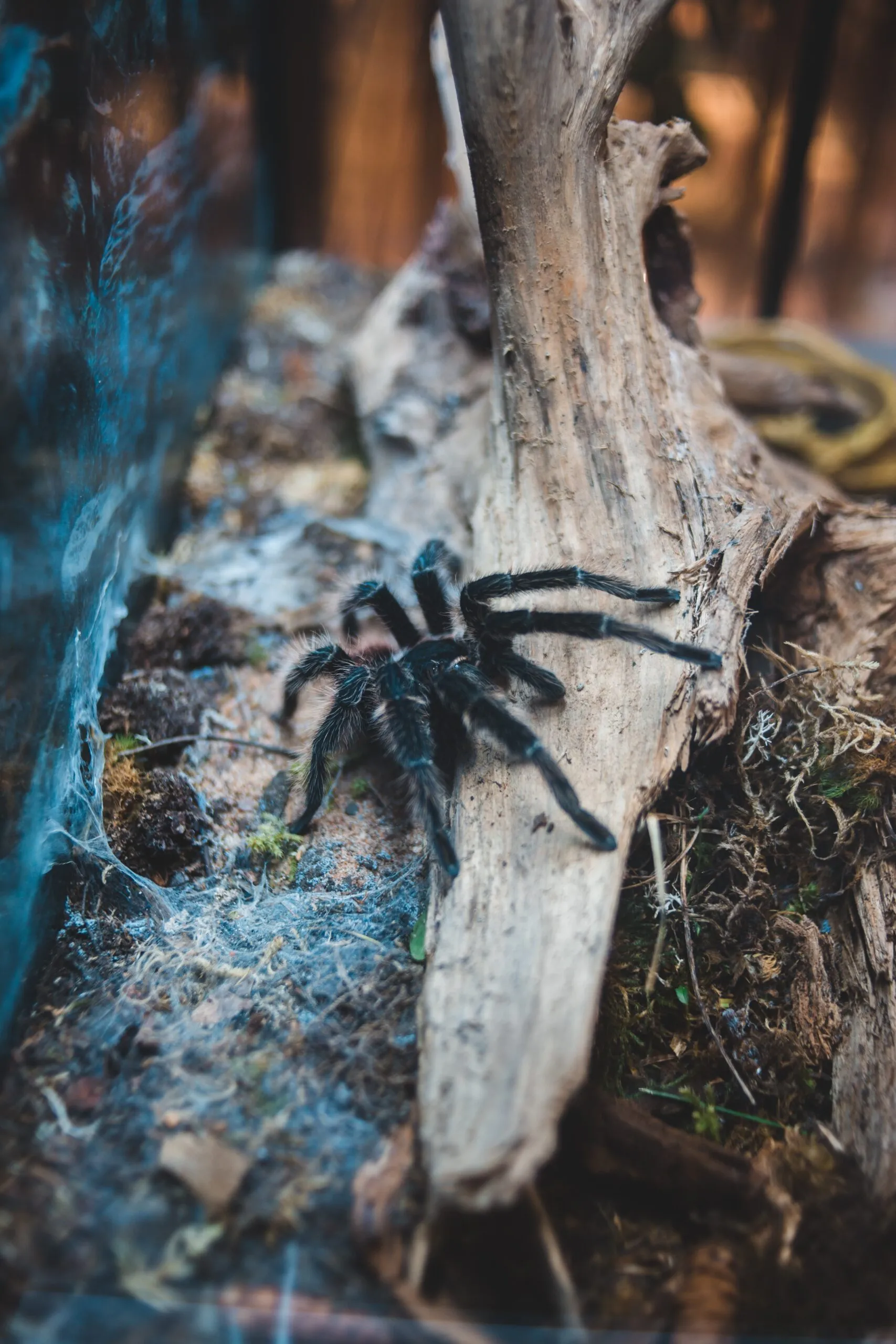
Proper nutrition is not merely about providing sustenance; it’s the foundation of your tarantula’s health and vitality. A nutritionally rich diet supports healthy growth, ensuring that your tarantula can successfully molt and develop into its full size. It provides the energy required for daily activities, such as hunting, moving around its enclosure, and engaging in natural behaviors. Moreover, a well-balanced diet strengthens the tarantula’s immune system, making it more resistant to diseases and infections. The food your tarantula eats directly impacts its lifespan. A malnourished tarantula will likely have a shorter lifespan compared to one that receives the appropriate nutrients. Paying attention to the nutritional value of each food item is crucial to avoid deficiencies and promote optimal health. A healthy, well-fed tarantula is also more likely to exhibit its natural behaviors, providing you with a fascinating and enjoyable pet.
Common Nutritional Deficiencies
Nutritional deficiencies can manifest in various ways in tarantulas, highlighting the importance of a well-rounded diet. One common deficiency is a lack of calcium, which is essential for the exoskeleton’s strength. A calcium deficiency can result in a soft or malformed exoskeleton, making it difficult for the tarantula to molt properly. Vitamin deficiencies can also lead to a range of health issues. For example, a lack of certain vitamins can weaken the immune system, making the tarantula more susceptible to infections. Another deficiency to watch out for is insufficient protein intake, which can stunt growth and reduce energy levels. Providing a varied diet that includes different types of insects helps to minimize the risk of nutritional deficiencies. Regular monitoring of your tarantula’s health can help you identify and address any potential deficiencies early on, ensuring that it receives the care it needs to thrive.
Top 5 Foods for Pet Tarantulas
The best diet for a pet tarantula closely mirrors what it would consume in its natural habitat. This typically includes a variety of live insects, providing a balanced intake of protein, vitamins, and minerals. The size of the prey should correspond to the tarantula’s size, ensuring that it can effectively capture and consume the food. It’s important to source your feeder insects from a reputable supplier to minimize the risk of parasites or pesticides. Here’s a breakdown of the top five foods commonly used to feed pet tarantulas, highlighting their benefits and how to use them effectively.
Crickets
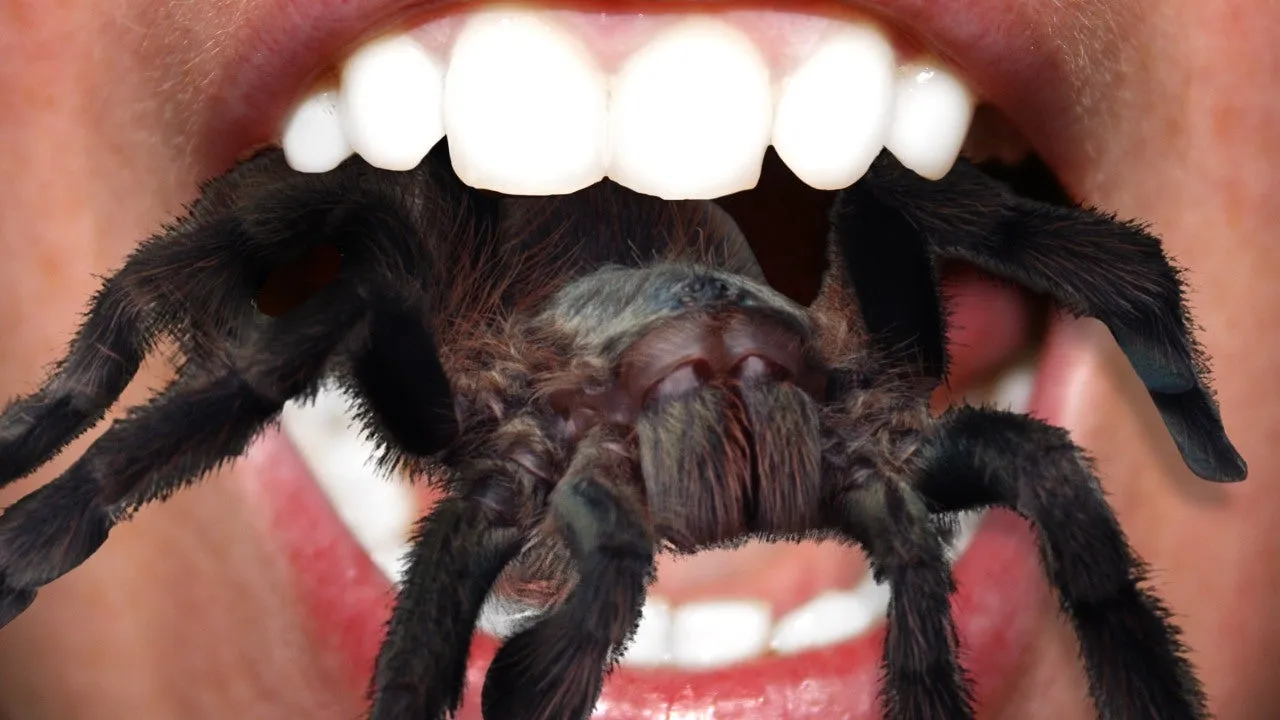
Crickets are a staple food for many pet tarantulas due to their readily available nature and ease of feeding. They provide a good source of protein and are often the first food offered to spiderlings. The size of crickets available allows for a good size match with your spider. Crickets can be easily purchased from pet stores or online. However, it’s crucial to gut-load the crickets before feeding them to your tarantula. Gut-loading involves feeding the crickets nutritious foods, such as vegetables and commercial cricket food, to enhance their nutritional value. This process ensures that your tarantula benefits from the vitamins and minerals stored within the crickets. Crickets are a convenient and cost-effective food option for tarantulas of all sizes, making them a good choice for both beginners and experienced keepers. Be aware that crickets can sometimes be noisy and may need to be removed if not eaten within a certain time.
Nutritional Value of Crickets
Crickets are a decent source of protein, which is essential for growth and development in tarantulas. They also contain varying amounts of chitin, a structural component of the exoskeleton, and other important nutrients. The nutritional profile of crickets can vary depending on their diet. Gut-loading the crickets with a balanced diet of vegetables and commercial cricket food can significantly improve their nutritional value, increasing their vitamin and mineral content. However, crickets are relatively low in certain nutrients, such as calcium and vitamin D3. That’s why it’s important to supplement the crickets’ diet, or offer other food options. Providing a varied diet ensures that your tarantula receives a broad spectrum of nutrients, supporting its overall health and well-being. Understanding the nutritional value of crickets and supplementing them appropriately is key to optimizing your tarantula’s diet.
How to Feed Crickets Safely
Feeding crickets safely is essential to protect both your tarantula and yourself. Always ensure that the crickets are of an appropriate size for your tarantula, as oversized prey can injure the spider. Remove any uneaten crickets from the enclosure within 24 hours, as they can stress the tarantula and potentially bite it during molting. Before feeding, dust the crickets with a calcium and vitamin D3 supplement to ensure that your tarantula receives adequate nutrients. This is especially important for species that require higher levels of calcium. When introducing the crickets, do so gently to minimize stress for the tarantula. Keep the crickets in a separate container until it is time to feed. Always wash your hands thoroughly after handling crickets or any other feeder insects to prevent the spread of potential bacteria or parasites. Using these safe feeding practices will help ensure that your tarantula remains healthy and happy.
Mealworms
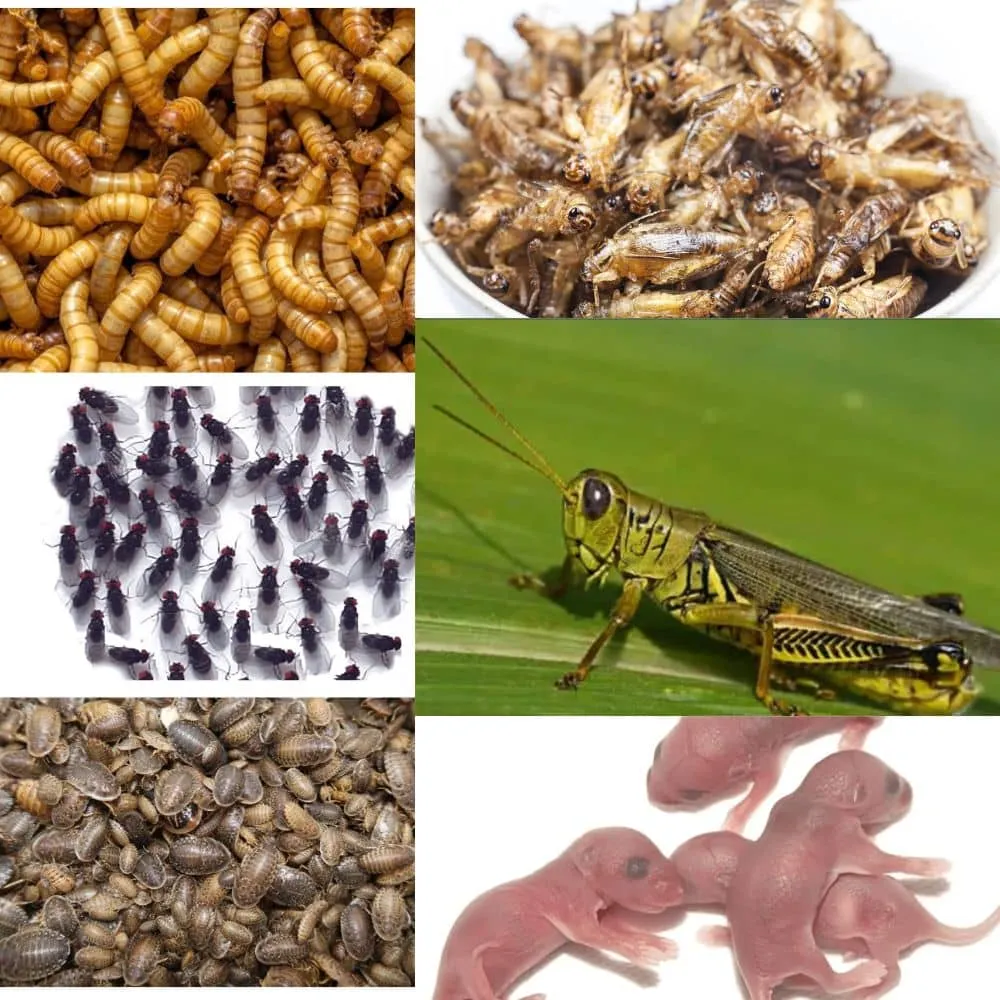
Mealworms are another popular food choice for tarantulas, offering a convenient and readily available option. They’re the larval stage of the mealworm beetle and are relatively easy to obtain from pet stores or online suppliers. Mealworms have a longer shelf life compared to crickets, making them a convenient food source. They can be a good option for smaller tarantulas and can be a supplementary food source for larger ones. However, due to their higher fat content, mealworms should be offered in moderation and as part of a varied diet. It is also important to note that mealworms have a hard exoskeleton that some tarantulas might have trouble digesting. Monitor your tarantula’s waste after feeding mealworms, and adjust accordingly.
Benefits of Mealworms for Tarantulas
Mealworms offer several benefits as a food source for tarantulas. They are easily accessible and store well, which makes them a convenient option. They contain a good amount of protein, which supports muscle development and overall growth. Mealworms can also be a good option for tarantulas that are picky eaters or those who may not readily accept other insects. The hard exoskeletons of mealworms also provide dietary fiber. However, remember that mealworms have a higher fat content than some other feeder insects, so moderation is essential. Mealworms can be a nutritious part of your tarantula’s diet if they are used correctly. Make sure you are mixing up the diet, so your tarantula gets all the nutrients it needs.
Mealworm Feeding Guidelines
When feeding mealworms to your tarantula, consider their size and nutritional profile. Offer a few mealworms at a time, based on the tarantula’s size and appetite. For smaller tarantulas, smaller mealworms may be more appropriate, while larger tarantulas can handle bigger ones. Avoid overfeeding, and remove any uneaten mealworms within 24 hours. The frequency of feeding should align with your tarantula’s growth stage. It’s also beneficial to supplement mealworms with other food sources to balance your spider’s diet. The hard exoskeletons of mealworms may make them a less digestible choice for some tarantulas. Monitoring your tarantula’s waste will provide a clue to whether it is digesting the mealworms correctly. By following these guidelines, you can safely incorporate mealworms into your tarantula’s diet.
Roaches
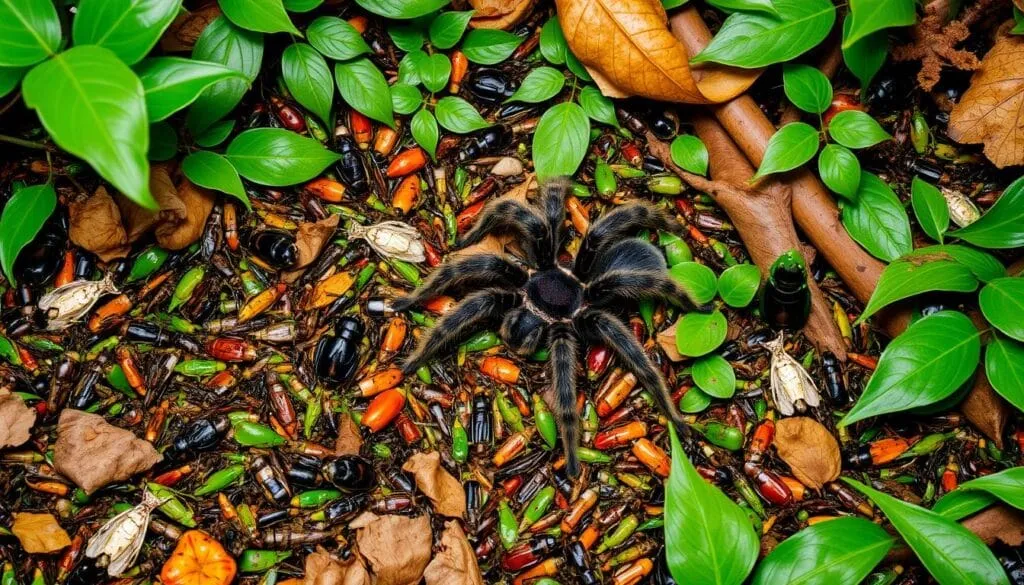
Roaches, particularly Dubia roaches and discoid roaches, are excellent food sources for tarantulas. They are highly nutritious, providing a good balance of protein and other essential nutrients. Roaches are also relatively easy to breed, providing a sustainable food supply. They are generally more docile than crickets, making them less likely to hide and easier to capture by the tarantula. Many tarantula keepers consider roaches a superior food option to crickets due to their nutritional value and ease of management. Roaches are also less likely to burrow or escape, making them a cleaner and more convenient food source than other insects. Ensure you source roaches from a reputable supplier to minimize the risk of parasites or pesticides.
Roach Nutritional Profile
Roaches are packed with essential nutrients, making them a nutritional powerhouse for tarantulas. They have a higher protein content than many other feeder insects, supporting muscle growth and overall health. They also provide a good source of chitin, which helps with the exoskeleton’s structure. The fat content in roaches is generally lower than in mealworms, making them a healthier choice for your tarantula. They are rich in various vitamins and minerals, contributing to a balanced diet. The nutritional value of roaches can be further enhanced by gut-loading them with a diet rich in vegetables and commercial roach food. This makes roaches a valuable food source that promotes the overall health and well-being of your tarantula.
Roach Feeding Dos and Don’ts
When feeding roaches to your tarantula, select roaches that are appropriately sized for the spider. Provide a few roaches at a time, and monitor if your tarantula is eating them. Remove any uneaten roaches within 24 hours to avoid stressing the tarantula. It is crucial to gut-load the roaches before feeding them to your tarantula, feeding them nutritious foods for the best nutritional benefit. Avoid feeding roaches that have been exposed to pesticides or chemicals, as these can harm your tarantula. Ensure that the roaches are kept in a clean and well-maintained environment to prevent the spread of diseases. By following these guidelines, you can safely and effectively incorporate roaches into your tarantula’s diet.
Waxworms
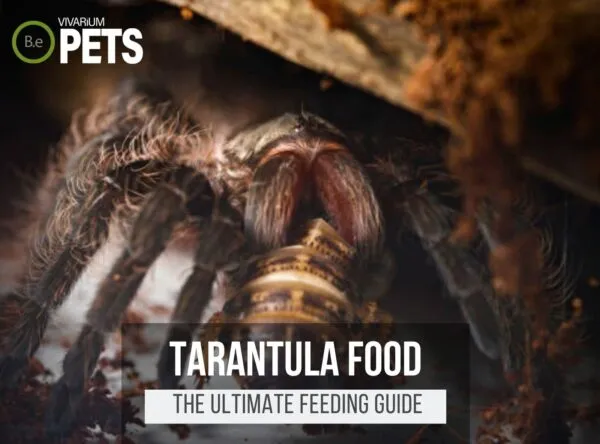
Waxworms are a type of moth larvae and are readily available at most pet stores. These worms are soft-bodied and have a high-fat content, making them a treat rather than a staple food. Waxworms can be tempting for tarantulas due to their high fat content, making them an appealing treat. However, they should be offered sparingly, because feeding too many waxworms can lead to obesity and other health problems. They can be a beneficial supplement to a tarantula’s diet, but not its primary food source. They offer a source of variety and can encourage picky eaters to eat. Always use them in moderation to maintain the health of your tarantula. Never offer waxworms exclusively.
Waxworm Nutritional Considerations
Waxworms are high in fat and relatively low in protein and other essential nutrients. They have a very high-fat content, which can contribute to obesity and other health issues if overfed. The nutritional value of waxworms is not well-rounded enough to support a tarantula’s primary dietary needs. Therefore, use waxworms as an occasional treat rather than a main food source. Supplementing the diet with calcium and vitamins is not typically necessary when waxworms are provided sparingly. Always make sure to combine waxworms with other food sources that offer a more balanced nutritional profile. Understanding the nutritional considerations of waxworms is vital for using them responsibly. Always make sure you are using these in moderation to maintain your tarantula’s health.
When to Offer Waxworms
Waxworms can be offered to tarantulas as a treat to provide dietary variety. They are most beneficial when they are offered occasionally, perhaps once a month, or even less frequently. They can be particularly useful for encouraging tarantulas that are refusing food, as they can sometimes stimulate the appetite. Consider offering waxworms to a tarantula that is getting ready to molt, as this can provide extra energy for the molting process. Do not offer waxworms to juveniles, as they need a more protein-rich diet to grow. When offering waxworms, always monitor your tarantula’s body condition. Adjust the frequency of feeding accordingly. Always ensure that the overall diet consists of more nutritious food sources, to maintain the health of your tarantula.
Pinky Mice
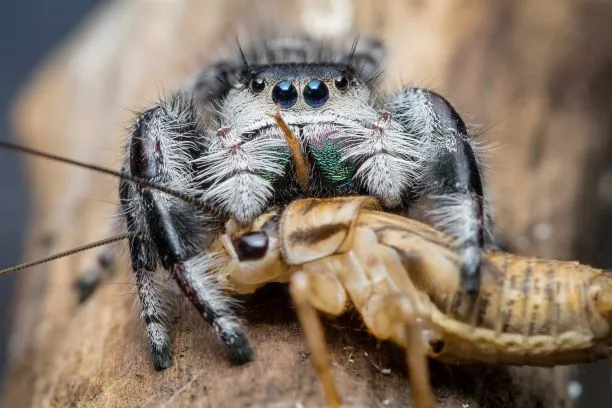
Pinky mice, or newborn mice, are sometimes offered as food to larger tarantulas. Pinky mice are a controversial food source, because they are high in fat and can lead to obesity. They are a good source of protein and other nutrients, however. When using pinky mice, it is important to do so cautiously and responsibly. They should only be offered to adult tarantulas and not to juveniles or smaller species. It’s very important to maintain a varied diet and ensure that pinky mice are not the primary food source. When used correctly, pinky mice can be an effective part of your tarantula’s diet.
Pinky Mice as Food A Cautionary Note
Pinky mice can be a source of valuable nutrients for larger tarantulas. However, there are some important considerations before offering them. Pinky mice have a high-fat content, which can lead to obesity and other health problems. They are generally more difficult for tarantulas to digest compared to insects. Pinky mice can also pose a risk of parasites or diseases. Only use pinky mice if you know the source of the mice, as they can spread diseases. They should only be offered to adult tarantulas, and then only infrequently. Always have other, more balanced food options available. By using them responsibly and moderately, you can minimize the risks and maximize the benefits of incorporating pinky mice into your tarantula’s diet.
Feeding Frequency
The feeding frequency for tarantulas depends on several factors, including age, species, and individual metabolism. Spiderlings, or baby tarantulas, require more frequent feedings than adults because they are growing rapidly. As tarantulas mature, their metabolism slows down, and their food requirements decrease. The best approach is to observe your tarantula and adjust the feeding schedule accordingly. It’s also important to understand the unique needs of each species. Understanding these factors is key to developing the most effective feeding schedule.
Feeding Schedule for Spiderlings
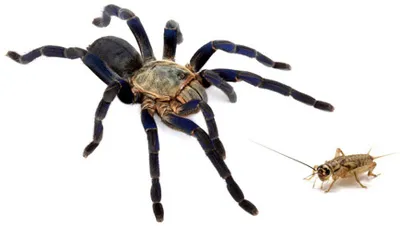
Spiderlings need more frequent feeding than adults, as they are growing rapidly. Depending on the species and their growth rate, spiderlings can be fed two to three times per week. Offer them appropriately sized prey, such as small crickets or fruit flies, depending on their size. Monitor the spiderling’s abdomen to gauge its fullness. You may adjust the feeding frequency if the abdomen is too full or too thin. Always provide fresh water to your spiderlings. Make adjustments to the feeding schedule depending on the spiderling’s individual appetite and growth rate. Consistent feeding and monitoring will help ensure that your spiderling thrives. Make sure to remove any uneaten prey within 24 hours, to avoid stressing the spiderling.
Feeding Schedule for Adult Tarantulas
Adult tarantulas do not need to be fed as often as spiderlings. Generally, adults should be fed once every one to two weeks, depending on their size, species, and activity levels. The best approach is to observe your tarantula and adjust the feeding schedule accordingly. Overfeeding can lead to obesity, while underfeeding can hinder the tarantula’s health. Provide appropriately sized prey, such as crickets or roaches. Make sure that the tarantula has access to fresh water. Remove any uneaten prey within 24 hours, and adjust the feeding schedule based on your tarantula’s appetite and overall health. Monitoring your tarantula’s abdomen size can help you determine when it is adequately fed.
Hydration and Supplements
Proper hydration and supplementation are crucial for your tarantula’s health. Tarantulas get most of their water from their food, but they also need a constant supply of fresh water to stay hydrated. Supplements can help ensure that your tarantula gets all the necessary vitamins and minerals. By providing fresh water and essential supplements, you can help your tarantula thrive.
Providing Fresh Water
Tarantulas require a constant source of fresh water to stay hydrated, which is necessary for many physiological processes. You can provide water in a shallow dish, such as a bottle cap or a small, reptile-safe water bowl. Make sure the water dish is shallow enough to prevent drowning. Regularly clean the water dish to remove any debris and prevent bacterial growth. Place a small sponge or cotton ball in the water dish to prevent smaller tarantulas from drowning. Some tarantulas also benefit from periodic misting of their enclosure to increase humidity. Providing fresh water and maintaining appropriate humidity levels are important for the health of your tarantula. These hydration strategies help your tarantula thrive.
Vitamin and Mineral Supplements
While tarantulas obtain many nutrients from their food, supplements can help to ensure they receive all the necessary vitamins and minerals. Calcium and vitamin D3 are particularly important for supporting the development of a strong exoskeleton. You can dust feeder insects with a calcium and vitamin D3 supplement before feeding them to your tarantula. Consider using a multivitamin supplement to provide a broad range of essential nutrients. Always follow the manufacturer’s instructions for dosages, and avoid over-supplementing. Over-supplementation can be harmful. Providing appropriate supplements is crucial for the overall health and well-being of your tarantula. By supplementing, you can ensure that your tarantula has the nutrients it needs to thrive.
Monitoring Your Tarantula’s Eating Habits
Regularly monitoring your tarantula’s eating habits is essential for assessing its overall health. You should observe the tarantula’s feeding response, appetite, and how it consumes its prey. By paying close attention to these details, you can identify potential health problems and adjust your care accordingly. Changes in eating habits can be a sign of underlying health issues or environmental stress. Therefore, a careful and consistent monitoring plan is very important.
Signs of a Healthy Appetite
A healthy tarantula typically exhibits a strong appetite, readily capturing and consuming its prey. It will eagerly attack and quickly subdue its food, and then begin feeding. The tarantula’s abdomen should appear rounded and filled after a meal. The spider should also display normal activity levels and be alert, and interactive within its enclosure. Regular molting is a sign of healthy growth and a good appetite. If your tarantula shows these signs, it is likely in good health. Consistent observation and monitoring can help you establish a baseline and recognize any changes.
What to Do If Your Tarantula Refuses to Eat
If your tarantula refuses to eat, there may be several reasons. It may be about to molt, and a lack of appetite is common before molting. Check the environmental conditions, such as temperature and humidity, and ensure that they are appropriate for the species. Stress can also affect your tarantula’s appetite, and you may want to minimize disturbances. If the tarantula is not eating, try offering different types of prey to see if it has a preference. Always ensure that your tarantula has access to fresh water, and consult with a veterinarian or experienced tarantula keeper if the refusal persists for an extended period. Remember that sometimes tarantulas go through periods of fasting.
In conclusion, understanding what a pet tarantula eats is fundamental to its care and longevity. By focusing on a varied diet that includes crickets, mealworms, roaches, and, in moderation, waxworms, and pinky mice, you can meet the nutritional needs of your tarantula. Always prioritize live, appropriately sized insects and maintain a feeding schedule tailored to the spider’s age and species. Providing fresh water, supplementing with vitamins and minerals, and closely monitoring the tarantula’s eating habits will ensure its overall well-being. Creating a balanced diet, appropriate hydration, and diligent monitoring are key to providing a healthy and thriving environment for your pet tarantula. By implementing these practices, you can enjoy the fascinating world of tarantulas for years to come.
